Scientists used 3D printing and an inexpensive ink to make colored contact lenses that could improve color distinction in color-blind people.
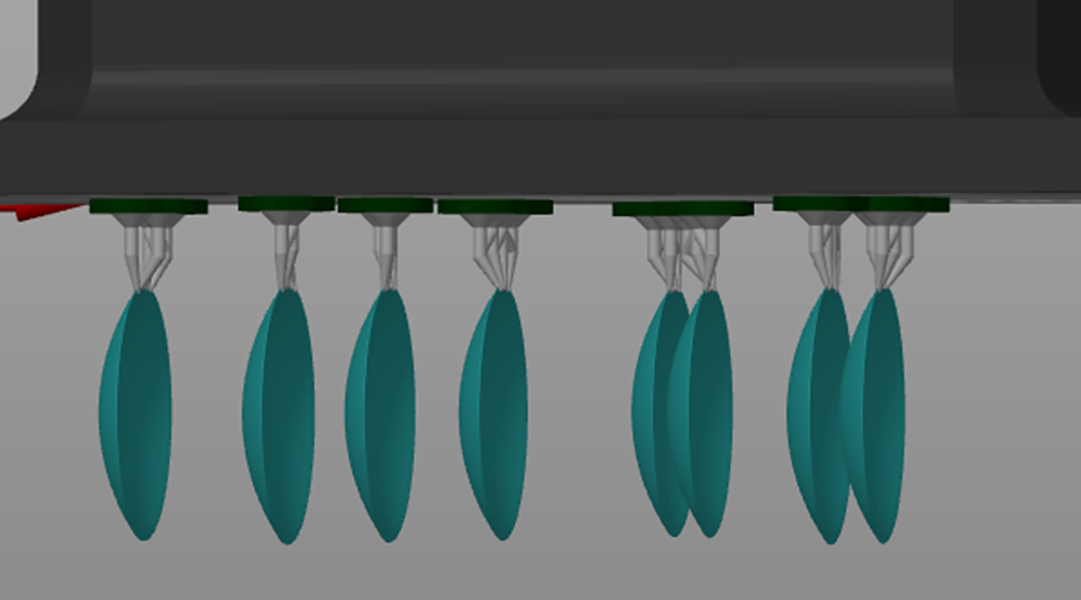

Scientists used 3D printing and an inexpensive ink to make colored contact lenses that could improve color distinction in color-blind people.
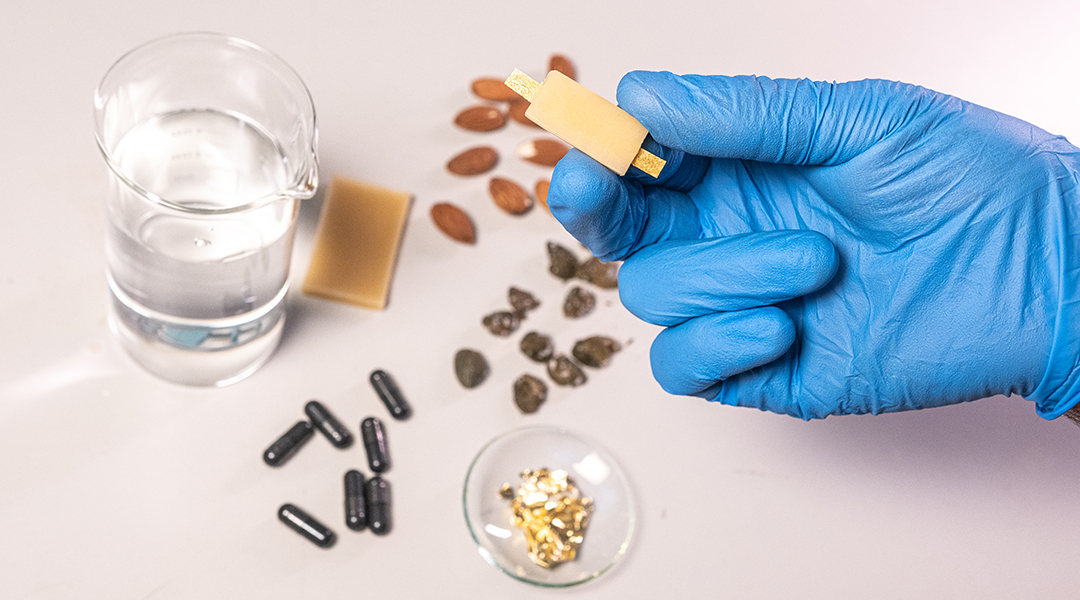
An edible and rechargeable battery to power devices used for GI tract monitoring, therapeutics, and analyzing food quality.
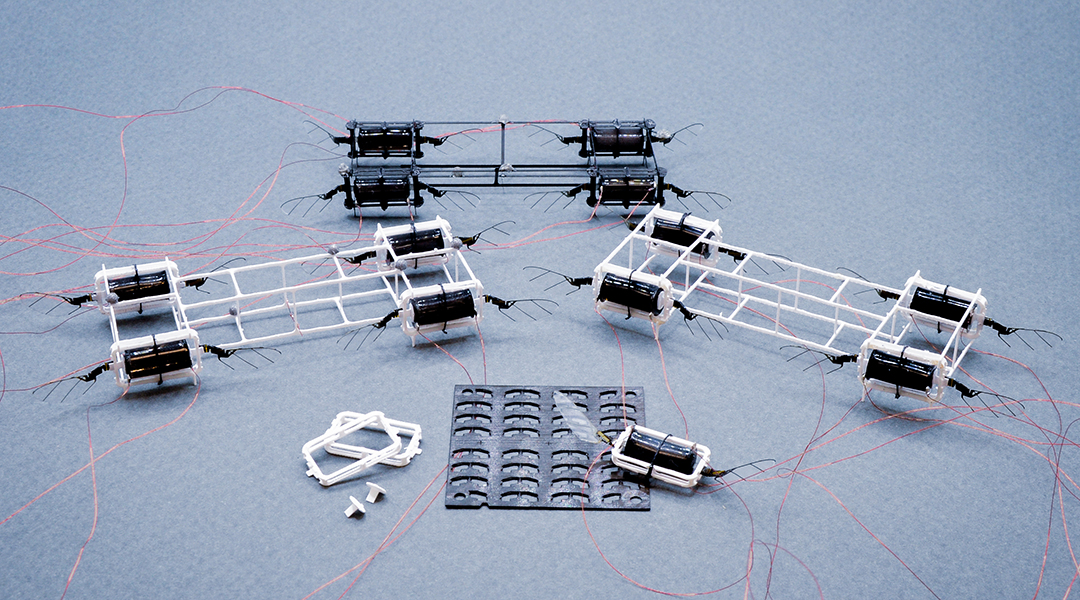
To make swarms of honeybee-sized robots, researchers propose new design and fabrication methods to cut down on time and resources.

A thin film composed of small magnetic whirls called skyrmions performs voice pattern recognition with an accuracy approaching 99%.
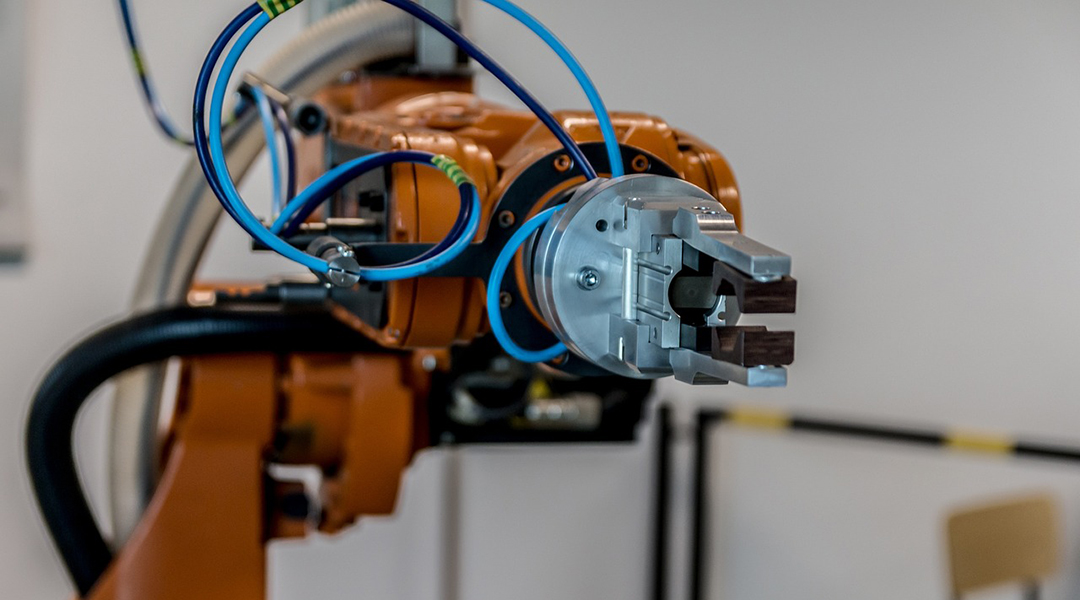
An intelligent eye tracker allows for accurate, hands-free remote control of robots without the need for joysticks or other devices.

Using the adhesive properties of ice, researchers have developed a transfer method to move large sheets of 2D materials without breaking them.
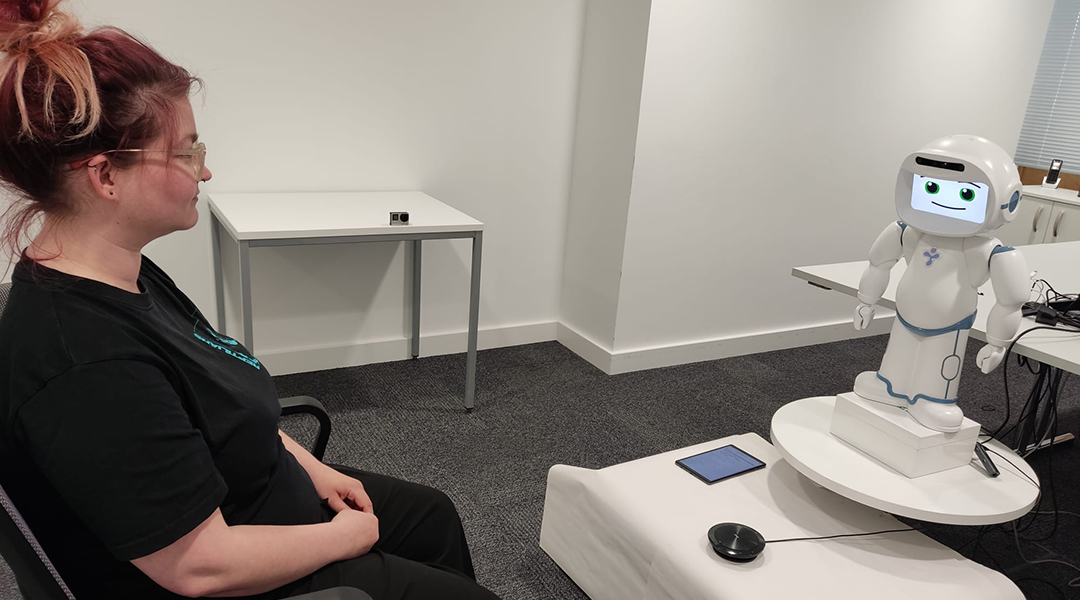
Just like successful therapist or coach relationships, machine-human relationships require engagement and trust if robots are to be useful.

A new study proposes a technique to print images on a special surface such that they can only be seen by authorized recipients.
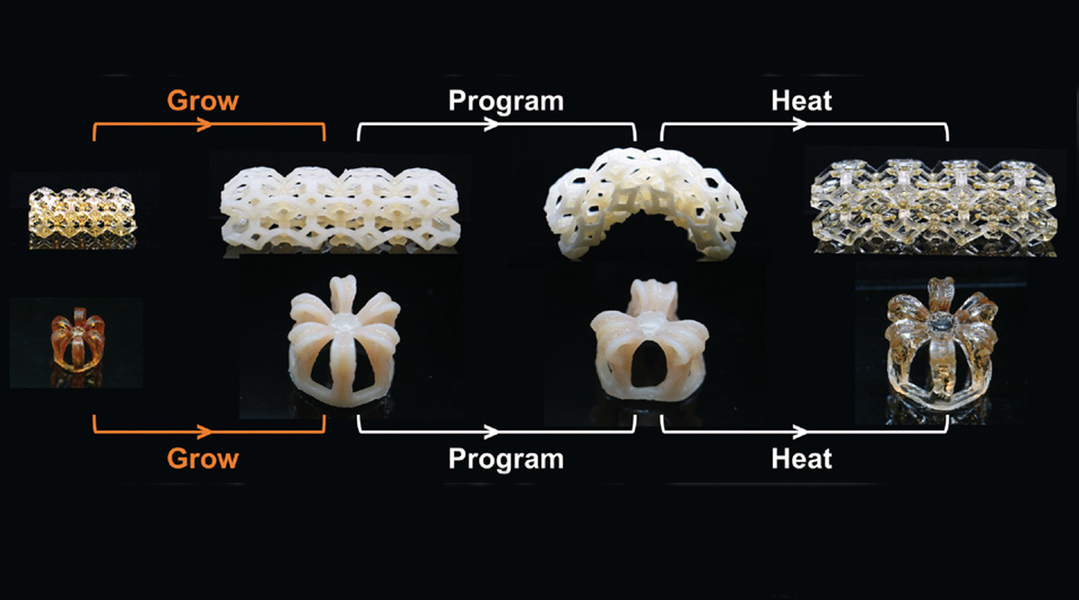
4D printing produces a living polymer network that can be printed into 3D shapes and then broken down into its monomer units for reuse.

Resembling a balloon filled with coffee grounds, this gripper uses granular jamming and electrostatic interactions to manipulate objects.